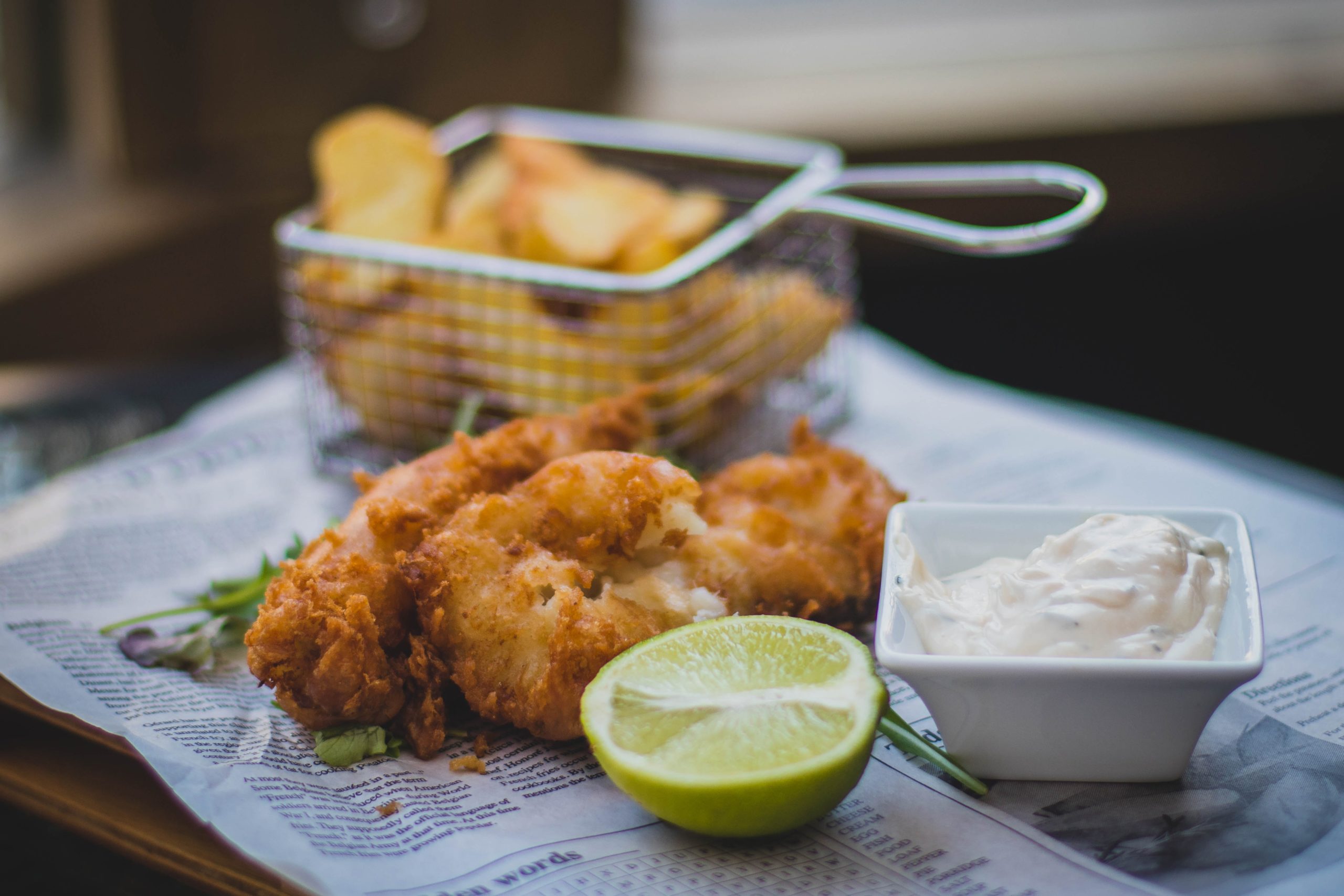
Our daughter grew up in ballparks and on airplanes. There’s no way she has a peanut allergy. We gave her peanut butter at six months old. There’s no way she has a peanut allergy. Right? Wrong! Even the most “exposed” children can be allergic.
The fear and panic that set in after that first, very obvious reaction is something I’ll never forget. “How can we travel again?” “How can I ever send her to school?” “How will I ever trust her to spend the night way?” “Will we ever be able to eat in a restaurant again?” These were just a few of the questions that raced through my mind.
But four years later, we’ve survived. And I’d say we’re thriving! We’ve flown dozens of times (yes dozens). We eat out regularly. She goes to school five days a week (well, she did pre-Covid), and she’s spent the night with friends and family many times.
But have we had accidental exposures? Yes. And unfortunately, they were all with either myself or another family member. The people you’d think would be the most aware are often the ones who let their guards down. But accidents happen even with the most cautious of us.
There are so many things I wish I’d known when we first received this diagnosis four years ago. And there are things I think every parent should know about peanut allergies, whether it affects your child or another.
Here are just a few things we’ve learned over the last four years of living with a peanut allergy:
 Baked goods are a high-risk peanut allergy food … and one that is often not considered. Even if the item itself doesn’t contain peanuts, it is likely to have come in contact with peanuts used in other baked goods in the same facility.
Baked goods are a high-risk peanut allergy food … and one that is often not considered. Even if the item itself doesn’t contain peanuts, it is likely to have come in contact with peanuts used in other baked goods in the same facility.
- Tip: If you’re hosting a party of ANY kind for little kids – be courteous and purchase your goodies from a peanut-free bakery. You never know who will be in attendance.
- Tip: If your child has a peanut allergy and they’ve been invited to a party – bring your own peanut-free cupcake for the celebration. Better safe than sorry.
- EpiPens should be kept at room temperature. This one was a hard lesson for us. After many diaper bags left in the car over a hot summer day, we’ve spent a small fortune replacing EpiPens.
- Tip: Get a separate bag just for the EpiPens. We found one on Amazon and clipped it to the outside of the diaper bag. It’s a nice thing to have when changing from one bag to another … you never want to find yourself without an Epi-Pen.
- Tip: Get in the habit of BRINGING YOUR BAG INSIDE…always.
- They make bracelets, lanyards, and pins that children with allergies can wear as to alert those around them. You can usually find them on Amazon, and they’re a good “peace of mind” tool for parents when children are out of their sight.
- Don’t underestimate how much your child understands about their allergy. It’s never too early to start talking with them about the risks and rules about taking food from someone else.
- Tip: We told our daughter as early as two-years-old that she’s not allowed to take ANY food from ANYONE except mom and dad. Now, at age four, I’ve heard her tell her own grandmother, “I don’t know if I can have this. Does it have peanuts in it?” Proud mom moment!
- Relax. Take a deep breath. This is not nearly as scary as it seems at first. You will learn the things to look for, the questions will become routine, and you’ll feel much more confident with always having an EpiPen on hand.










